DC’s Batman is a complex creature: he is vengeance, he is the night, and he is human. He is the biggest and most important hope Gotham City has. The Dark Knight has had many adventures in his quest to rid Gotham City of crime and injustice — an endless and thankless task –and Batman: Urban Legends #21 shines some light on some of those adventures.
“The Wheelman of Gotham,” by writer Anthony Falcone, writer-artist Michael Cho, colorist Dave Stewart, and letterer Lucas Gattoni, has the Batmobile meeting its match. In “Survivor’s Guilt,” written by Julio Anta, drawn by Miguel Mendonca, colored by Roman Stevens, and lettered by Becca Carey, Renée Montoya grapples with her possible promotion to police commissioner when she experiences a stark reminder of her past. “Arkham Academy, Part One: First Day Jitters” by writer Dennis Culver, artist Hayden Sherman, colorist Jodie Bellaire, and letterer Pat Brosseau, sends Wraith’s son to a makeshift school of would-be villainous children of Gotham Rogues, run by Dr. Otus. Finally, in “The Murder Club,” written by Joey Esposito, illustrated by Vasco Georgiev, colored by Alex Guimarães, and lettered by Carlos M. Mangual, amidst a plague of madness spreading through the city, Bruce Wayne encounters the last thing he ever expected — his parents, alive and well.

“The Wheelman of Gotham,” with its silver age visuals, low-stakes plot, dry narrative, and a welcome cameo of Kid Flash, veers into the sillier side of Gotham. It is fun and thrilling to read, especially the car chase and the Batmobile’s upgrades. “Survivor’s Guilt,” which portrays Gotham City and its police department as a thinly-veiled commentary on real-world police brutality and corruption, is far grimmer. The story is hurt by excessive exposition and the casting of Montoya as the “one good cop” despite her years as a detective and hero. While it has its moments of subtlety and positivity, this story crumbles under its own weight. Even the visuals feel especially graphic and grim with its limited color palette and grime.
“Arkham Academy” is something of an outlier, combining elements of the previous two stories — the dark, gritty social commentary and colorful, sarcastic levity — to create a truly unusual, slightly unfocused, but fascinating narrative. The son of the villain Wraith, reluctantly dubbed “Scorn,” is forced into an embarrassingly garish costume and into the company of eccentric villains’ children to be reformed. Although the premise starts off seriously, with prejudice and profiling, it quickly escalates into a madhouse of blinding yellows, oranges, greens, loudmouths in cat ears, and a lot of smart, if disjointed, dialogue.

The strongest part of this anthology is the closing story, “The Murder Club,” penned by Joey Esposito. It helps that he has a lot to work with in the self-contained Bat Family of Bruce, Damian, Thomas, and Martha Wayne, inexplicably alive despite the events in Crime Alley. It’s a more sincerely emotionally charged story, one that touches on Batman’s legacy as a hero, his vulnerability as a man, his role in Gotham City, and his family at large. It boasts the strongest writing. From the first page, viewers will be thrown for a loop at the sight of Thomas and Martha.
As is always the case, Batman: Urban Legends #21 has its highs and lows. Each section of Batman: Urban Legends #21 differs in art style, writing, plot, and substance. Although dizzying and sometimes incoherent, the message remains the same — Gotham City is a dark, dismal place, but Batman gives its citizens hope.

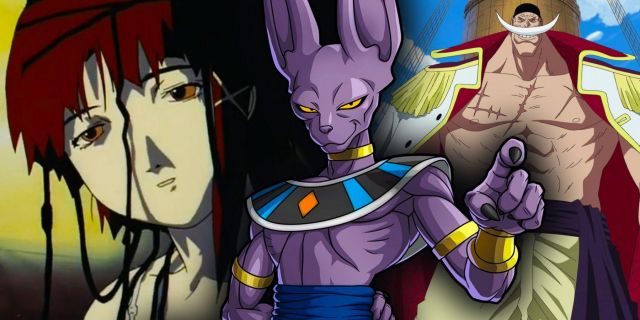


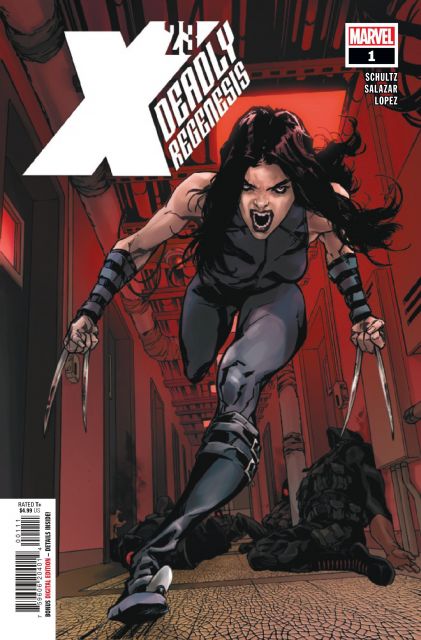
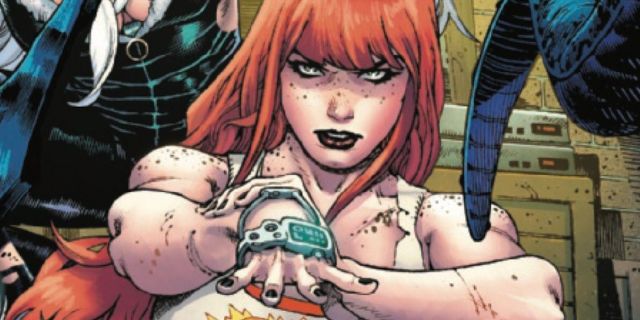
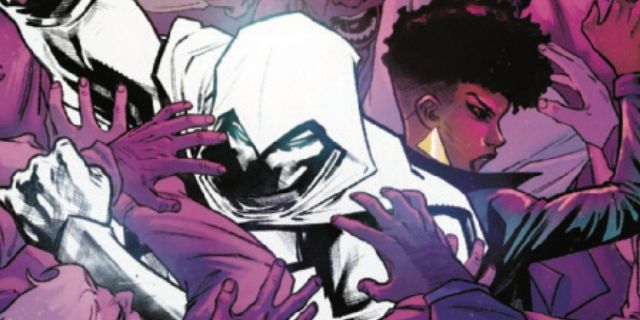


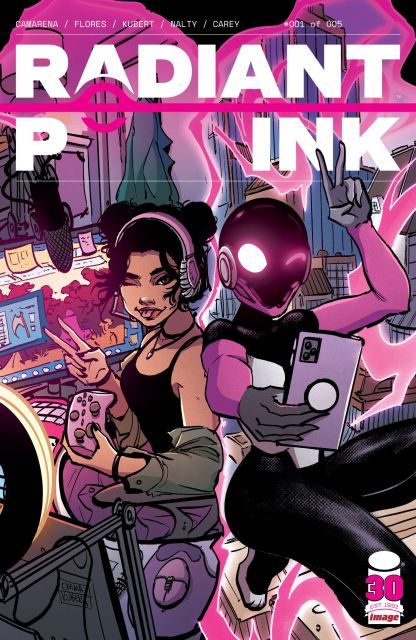





Leave a Reply